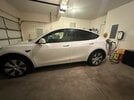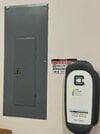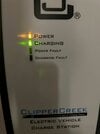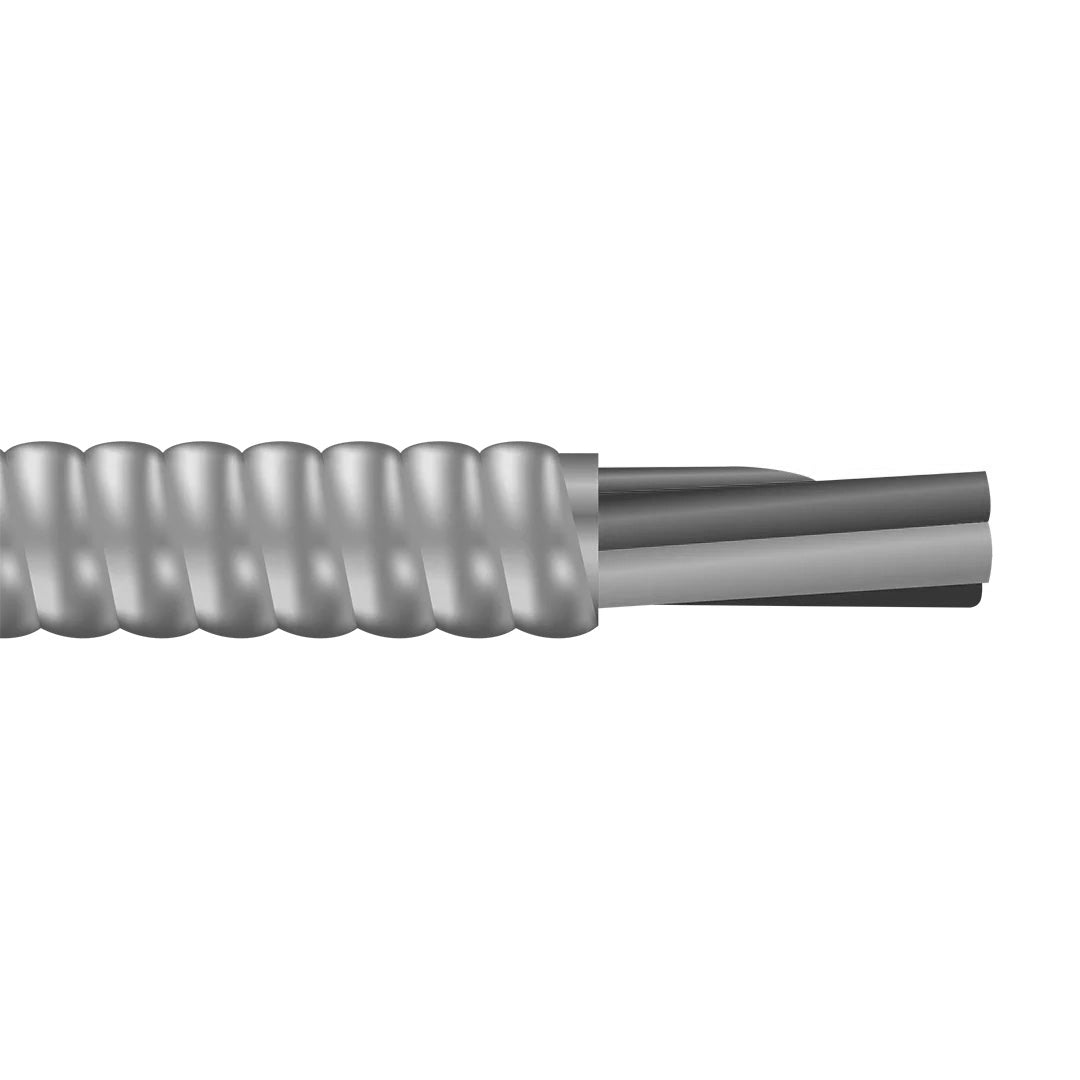Greetings!
Over the last few days my 2014 manufactured Clipper Creek (CC) HCS-40 AMP wall mounted EVSE began malfunctioning. I've used that EVSE to charge a Nissan Leaf, 2 BMW i3s, a 2018 Tesla Model 3, and a 2023 BOLT EUV in the past without incident. I now own a 2023 Model Y AWD (4680 battery, Austin Build), and a 2021 BMW 330e Plug in Hybrid. Late last week the BMW illuminated both RED warning lights on the CC - indicating Power Fault and Charging Fault. The car immediately stopped charging. I disconnected the charger, reset the circuit breaker and called BMW Driver Assist Service. They told me that the car registered a charging fault, and suggested that I bring it to the BMW service center, where it currently is and will be examined tomorrow.
Tonight I connected my 2023 Model Y to the same charger and within 10 minutes of beginning a projected 5 hour charging cycle, the Tesla app notified me that the car stopped charging. I went to the garage and the RED Tesla charing symbol was lit, but there were no warning lights lit on the CC charger. I opened the car, went to the charging section of the main display, pressed STOP CHARGING, followed by OPEN PORT. The port unlocked, but rapidly relocked. I tried again, and was able to get the Tesla port to turn WHITE, and then disconnected the CC J1772 plug and the attached Tesla J1772 connector that comes with the car. (I have two and rotate them often).
At that point I called CC customer service (surprisingly they are available at 7:30PM EDT) and the tech said that the unit typically lasts 5-8 years before it needs replacing. He said that the cable itself can become damaged if it's not handled carefully, or is wound too tight on the integrated cable holder. He also said that within the J1772 connector there is a relatively fragile wire that essentially is a wear item. Over time it begins to lose continuity and eventually fails. He further stated that most EVSE have similar connectors and all are subject to wear. He also suggested that despite my hiring a certified electrician to install the CC EVSE initially, from the way I described the box and attachment to the wall he believes that the electrician direct wired it to the unit, without installing a "connector box" which is part of the UL certification requirement. Needless to say that isn't the news I wanted to hear, and I now have little confidence in a over 8 year old CC EVSE and repeated error codes on two separate EVs.
The final issue is that the 2021 BMW uses a pretty primitive 3.7KwH on board charger system, which takes 3 hours on a 40AMP circuit to fully charge the BMW to its 22 mile range. So, to still be able to charge both my NACS equipped Tesla and my wife's J1772 BMW, I'm considering ordering the J1772 version of the Tesla Wall Connector on my existing 40 amp circuit, using the supplied Tesla J1772 adapter when charging the Model Y, and the standard J1772 when charging her car.
My questions - finally - are simple:
Over the last few days my 2014 manufactured Clipper Creek (CC) HCS-40 AMP wall mounted EVSE began malfunctioning. I've used that EVSE to charge a Nissan Leaf, 2 BMW i3s, a 2018 Tesla Model 3, and a 2023 BOLT EUV in the past without incident. I now own a 2023 Model Y AWD (4680 battery, Austin Build), and a 2021 BMW 330e Plug in Hybrid. Late last week the BMW illuminated both RED warning lights on the CC - indicating Power Fault and Charging Fault. The car immediately stopped charging. I disconnected the charger, reset the circuit breaker and called BMW Driver Assist Service. They told me that the car registered a charging fault, and suggested that I bring it to the BMW service center, where it currently is and will be examined tomorrow.
Tonight I connected my 2023 Model Y to the same charger and within 10 minutes of beginning a projected 5 hour charging cycle, the Tesla app notified me that the car stopped charging. I went to the garage and the RED Tesla charing symbol was lit, but there were no warning lights lit on the CC charger. I opened the car, went to the charging section of the main display, pressed STOP CHARGING, followed by OPEN PORT. The port unlocked, but rapidly relocked. I tried again, and was able to get the Tesla port to turn WHITE, and then disconnected the CC J1772 plug and the attached Tesla J1772 connector that comes with the car. (I have two and rotate them often).
At that point I called CC customer service (surprisingly they are available at 7:30PM EDT) and the tech said that the unit typically lasts 5-8 years before it needs replacing. He said that the cable itself can become damaged if it's not handled carefully, or is wound too tight on the integrated cable holder. He also said that within the J1772 connector there is a relatively fragile wire that essentially is a wear item. Over time it begins to lose continuity and eventually fails. He further stated that most EVSE have similar connectors and all are subject to wear. He also suggested that despite my hiring a certified electrician to install the CC EVSE initially, from the way I described the box and attachment to the wall he believes that the electrician direct wired it to the unit, without installing a "connector box" which is part of the UL certification requirement. Needless to say that isn't the news I wanted to hear, and I now have little confidence in a over 8 year old CC EVSE and repeated error codes on two separate EVs.
The final issue is that the 2021 BMW uses a pretty primitive 3.7KwH on board charger system, which takes 3 hours on a 40AMP circuit to fully charge the BMW to its 22 mile range. So, to still be able to charge both my NACS equipped Tesla and my wife's J1772 BMW, I'm considering ordering the J1772 version of the Tesla Wall Connector on my existing 40 amp circuit, using the supplied Tesla J1772 adapter when charging the Model Y, and the standard J1772 when charging her car.
My questions - finally - are simple:
- Is buying and installing the J1772 Tesla Wall Connector my best option to address charging both cars? (Thinking a simple remove CC, install Tesla, use adapter)
- Would you upgrade the wiring to a 60 AMP circuit instead of keeping the 40 AMP wiring (adding extra cost and likely masonry/wall board repair)?
- Would you just replace the CC EVSE with a Tesla Wall Connector designed for the Model Y? Doing that would require that my wife use the BMW supplied 120V wall connector to an existing 20 amp circuit. The BMW will take 8+ hours to charge fully on a standard 120 volt 20 AMP circuit versus 3 hours on the CC EVSE 40 AMP.
- All work will be done by a certified electrician. If I just remove the CC and replace it with a Tesla unit on the existing 40AMP circuit, is it as simple as removing the CC and installing the Tesla Wall Connector in the same location using the existing wiring adapted for the Tesla mount?






